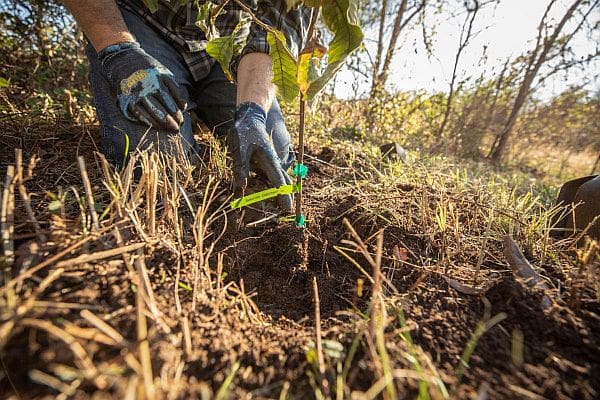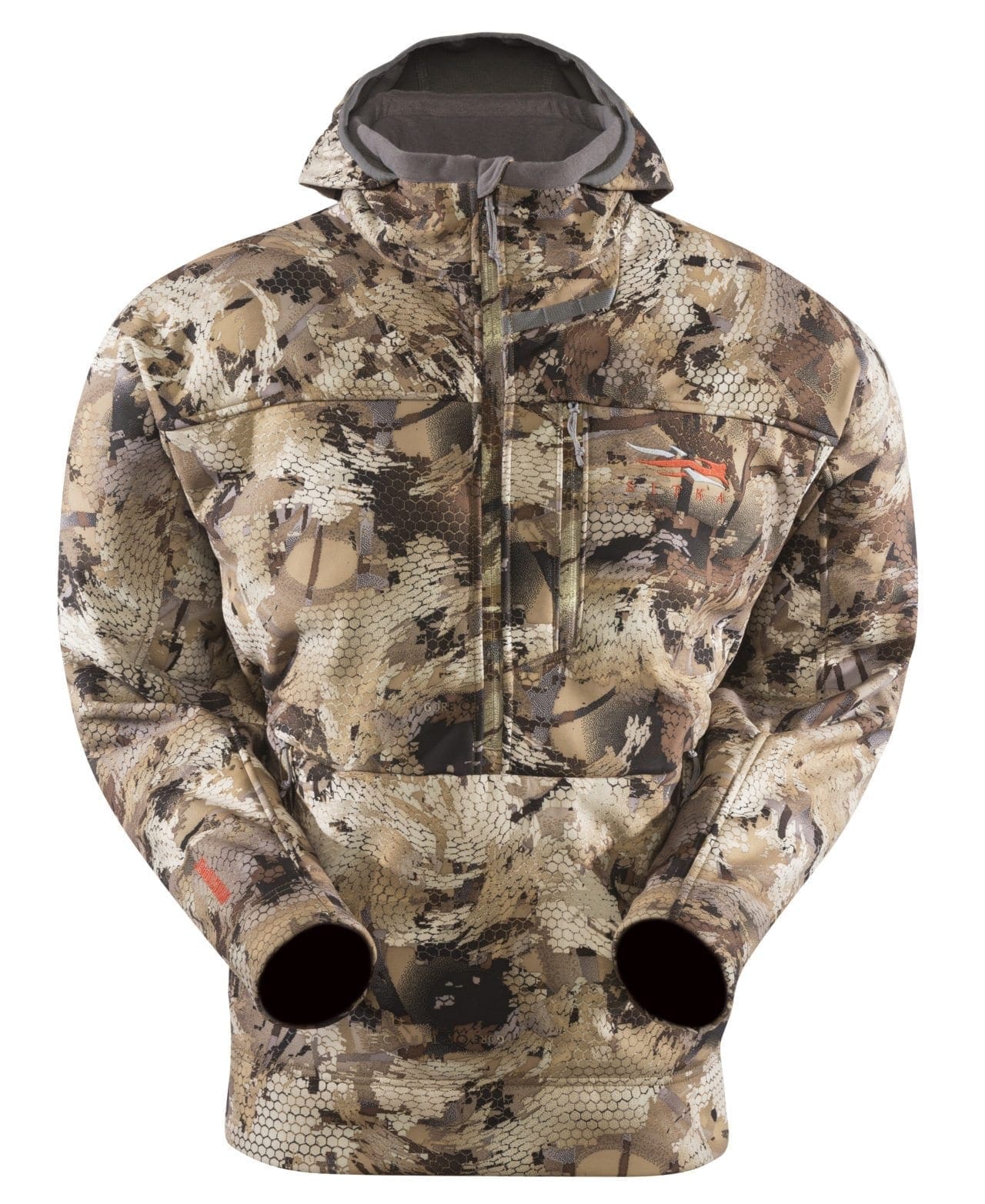Dunstan: The King of Chestnuts

American chestnuts once reigned supreme over the eastern hardwood forest but were wiped out by blight in the geologic blink of an eye. Thanks to a fortuitous discovery and careful breeding, a new king has emerged in the Dunstan Chestnut, a superior nut and a superior tree.
Historically, American chestnuts were the most abundant species in the Eastern North American hardwood forests. Then came the blight, a bark fungus accidentally introduced in 1904. Over 30 million acres of chestnut trees that once stretched from Maine to Georgia and west to the Mississippi were virtually wiped out in less than a human generation. For decades, biologists and foresters searched the landscape for signs of hope. In the early 1950s, James Carpentar discovered a large living, healthy American chestnut in a grove of dead and dying trees in Ohio.
He sent budwood from the tree to Dr. Robert T. Dunstan, a well-known plant breeder in Greensboro, N.C., who grafted the budwood onto healthy rootstock with promising results. Dunstan next cross-pollinated his graft trees with USDA-released Chinese varieties. Within a decade, his seedlings began bearing fruit. By selecting and crossing individuals that exhibited the best combination of nut and tree characteristics – blight resistance and the production of large, high-quality nuts – he was eventually able to develop a superior variety: The Dunstan Chestnut – the only chestnut to ever receive U.S. Plant Patents.
Dunstan eventually moved his second-generation stock to north-central Florida, where the family established Chestnut Hill Nursery. In 1984, they planted a grove of 500 trees using grafts from the best of the second-generation trees and the third generation of seedling Dunstans. Those trees are over 50 feet tall and 16-20 inches in diameter today. More importantly, the parent trees are all blight resistant and produce superior nuts.
What makes Dunstan Chestnuts so much better? For starters, Dunstan Chestnut trees can start producing nuts in only 3-5 years, depending on care and climate, and in time will rival their parent stock in size and bounty, producing up to 2,000 pounds of nuts per acre at maturity. Unlike their native ancestral stock, they were explicitly bred and have shown themselves blight resistant. Unlike other hard mast species, they bloom later, so they’re less susceptible to frosts and produce annually.
It’s not just the amount but the size and nutrition that distinguishes Dunstan Chestnuts. They’re larger than other varieties, averaging 15-35 nuts per pound, compared to Chinese nuts (35-100/lb) and American nuts (75-150/lb). Because they lack tannins in other mast species like oaks, they’re sweeter and more attractive to wildlife and human palates. They’re more nutritious, containing four times the carbohydrates of a white oak acorn, 2.5 times the protein, and only a fraction of the fat.
FEATURES
- Height at Maturity: 40′-60′
- Spread: 30′-40′
- Tree Form: Central Leader
- USDA Zone: 5-9
- Blooms: May-June
- Drops Nuts: September-October
- Soil: Well-drained, sandy-loam
- Soil pH: 5.5-6.5
- Light requirements: Full sun
- Pollination: Requires Pollinator. Plant a minimum of 2 Dunstans, we recommend three or more for best pollination and mast production. Ideal spacing for nut production is between 30-40′ apart.
- Suggested Pollinators: Dunstan Chestnut
Chestnut Hill is the best place for you to purchase your food plot and deer attractant plants because they offer a large selection, their plants are specifically bred to attract deer, and they offer customers different-sized plants at different levels of growth. To ensure you receive the maximum benefit from their products, they also provide sound advice and instruction on proper planting and care. For more on Chestnut Hill Outdoors products and how to care for them, visit ChestnutHillOutdoors.com, or call (855) 386-7826.
For more information, please visit


The Dunstan trees will never have much blight resistance if they are mostly American chestnut.
You may not have seen this article. https://modernfarmer.com/2021/12/the-great-american-chestnut-tree-revival/
This is the first place that I see someone announcing that the TACF hybrid program did not work, and why it will not work!!! This holds true for any of the hybrid trees. The blight resistance in a hybrid tree is directly proportional to the % of Chinese genes.
“”One method utilized by the American Chestnut Foundation is known as backcross breeding. For this method, scientists select and move desirable characteristics from one variety to another. The goal is to isolate the blight-resistance genes from another species and incorporate them into the genetic makeup for American chestnut trees. Leila Pinchot, a research ecologist for the US Forest Service who specializes in reintroducing chestnut trees into the forest, explains backcross breeding as an “approach to incorporate the genes for resistance from Chinese chestnut with the American Chestnut because what we want is a tree that looks and acts American.”
Pinchot explains that this method, as shown by geneticist Jared Westbrook’s research for the American Chestnut Foundation, turned out to not be the solution in the case of the chestnut tree. The goal of backcross breeding is to isolate two or three genes, but in the case of the chestnut, “there are so many genes for resistance in the Chinese chestnut, that it’s just not feasible to combine those with the American chestnut and produce a tree that’s mostly American, but still incorporates the genes for resistance from Chinese,” says Pinchot.””